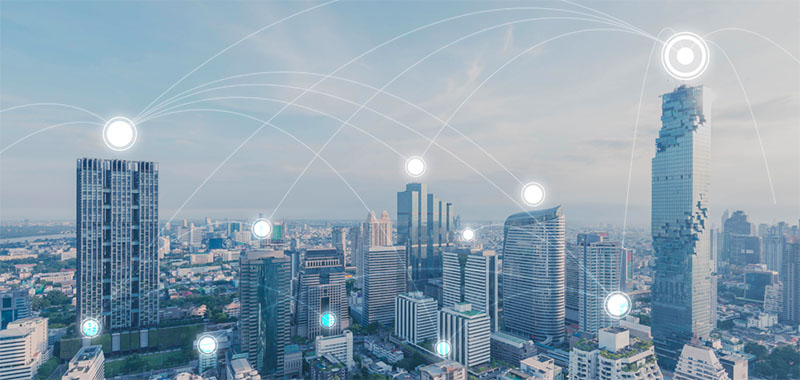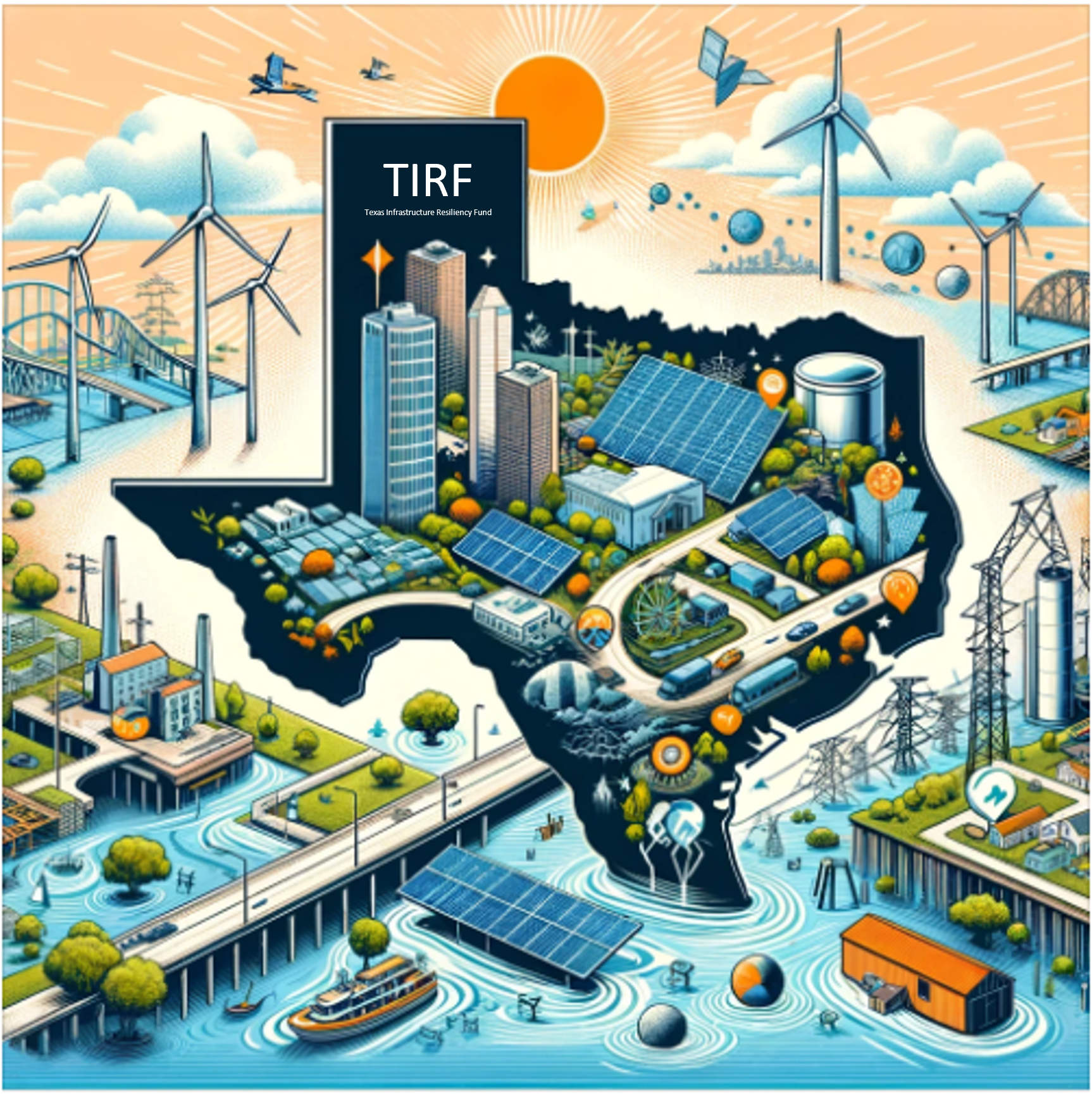What Are Microgrids, and How Can They Offer Your Business Reliable Energy?

Microgrids provide businesses with on-site, resilient power that ensures they’ll have the energy they need when the grid goes down.
When the power grid goes down for hours or days, businesses are left scrambling to recover. Even facilities that have backup diesel generators rarely have enough capacity to cover their entire load, nor sufficient fuel for the duration of the outage. As a result, hospitals are forced to cancel procedures and evacuate patients, industrial facilities lose product and experience equipment damage, and supermarkets and cold storage must throw out millions in spoiled food. Over the past decade, businesses have seen increasing outages due to preemptive shutdowns and grid infrastructure failures. The U.S. electric grid is aging past its lifespan and unable to accommodate the growth of demand in many suburban and urban areas. Recurrent outages and unacceptably poor power quality are common — the Eaton Blackout Tracker reported 3,526 outages in 2017 alone. Meanwhile, recent weather-related blackouts have further highlighted the fragility of this system. For small and large enterprises alike, these many power disruptions pose serious financial challenges. To counter this risk, many businesses are choosing resilient, local energy solutions: microgrids.
What Are Microgrids?
A microgrid is a local electric network with on-site generation powering one or more buildings. Usually, the microgrid operates in parallel with the electric utility, but during an outage, it can isolate itself from the grid and produce its own power so that the site can operate normally. The U.S. Department of Energy provides a standard definition: “A microgrid generally operates while connected to the grid, but importantly, it can break off and operate on its own using local energy generation in times of crisis like storms or power outages, or for other reasons.”
Microgrids can be as simple as a natural gas generator that provides electricity to a hospital or industrial facility or as complex as multiple generation technologies that provide power to an entire campus.
During an outage, a microgrid can shift seamlessly into island mode in order to support the facility’s operations.
What Happens During an Outage?
Managing the transition to and from island mode requires an intelligent controls system that matches the microgrid’s power production to facility requirements. When the utility experiences a disruption, the controls system first opens a breaker, isolating the microgrid from the utility. Assuming the microgrid has sufficient capacity for the facility’s entire load, the controller tells the generators how much to produce to cover the load. If more power is required than the generators can provide, the controller executes logic to shut off some of the non-critical loads in the load-shed schema, while supporting the facility’s critical energy needs.
When the utility power returns, the breaker closes and the microgrid returns to parallel operation with the utility.
Microgrid Generation: What Works and What Doesn’t
Microgrids can function using a range of technologies — but not all options are equally reliable. To be successful, the technology used in microgrid generation needs to meet four key criteria:
- On-demand dispatch: The technology should be available for use whenever needed.
- Load following: The technology should increase or decrease production as site demand fluctuates.
- Baseload Capacity: The technology covers the facility’s minimum required power needs at all times.
- Unlimited energy supply: The technology is able to support critical loads for as many days as necessary.
In contrast, intermittent technologies like solar and wind can’t offer sufficient energy resiliency on their own, as they work only when the sun is shining and the wind is blowing. Battery storage shows promise for improving reliability, but today’s technology is too expensive and impractical to provide full-site power for more than a few hours.
Businesses do have some flexibility in their choice of technology. Depending on the facility’s goals, pairing a natural gas CHP system with other options, like solar, can create an exciting microgrid solution that maximizes energy savings, sustainability, and resiliency.
Microgrids Are the Future
Microgrids address major gaps in today’s rapidly aging energy infrastructure, which is why the U.S. Department of Energy has identified them as a critical solution for “improving power reliability and quality.” For businesses, microgrids help modernize and optimize energy operations in more ways than one. Although microgrids are in the news because of their resiliency benefits, they can also offer substantial energy cost savings while reducing a facility’s carbon emissions.
Although microgrids are in the news because of their resiliency benefits, they can also offer substantial energy cost savings while reducing a facility’s carbon emissions.
Unison Energy provides customers with microgrid solutions that provide reliable power, cost savings, and carbon reduction — all without capital expenditures. Based on specific customer needs, our microgrids can incorporate CHP, solar, and battery technologies. In the event of an outage, the microgrid kicks into action, running indefinitely to protect your operations from potentially staggering financial losses. With a Unison Energy microgrid, the future of your business is more secure.
Energy insights, delivered
Subscribe for more content.

